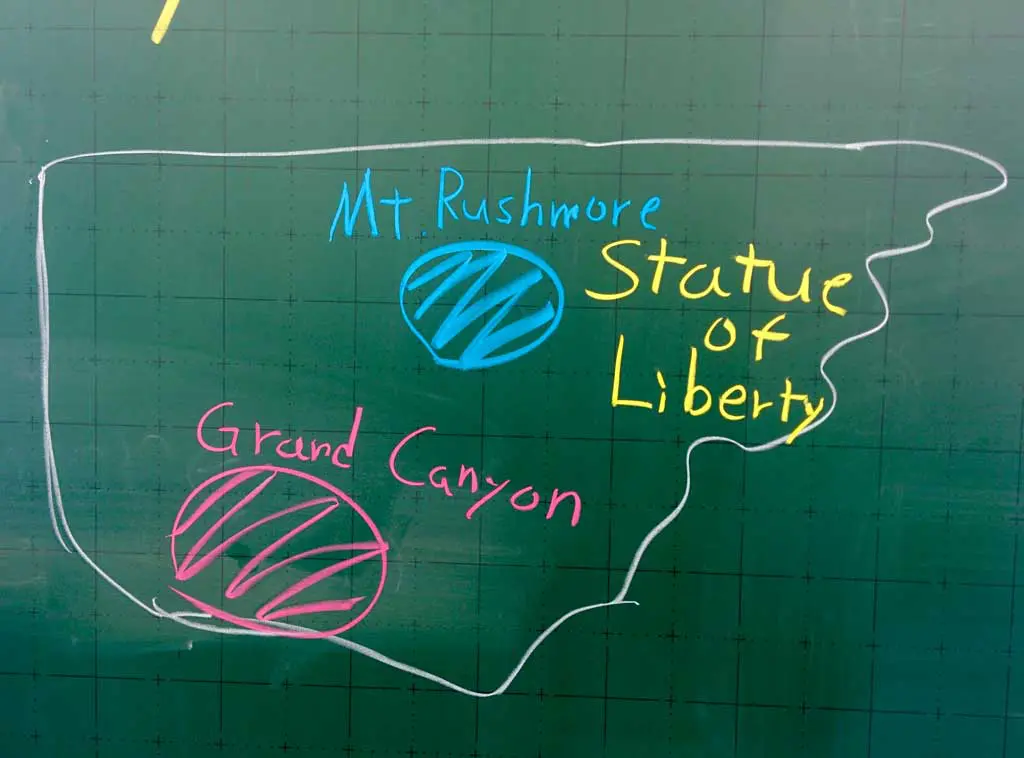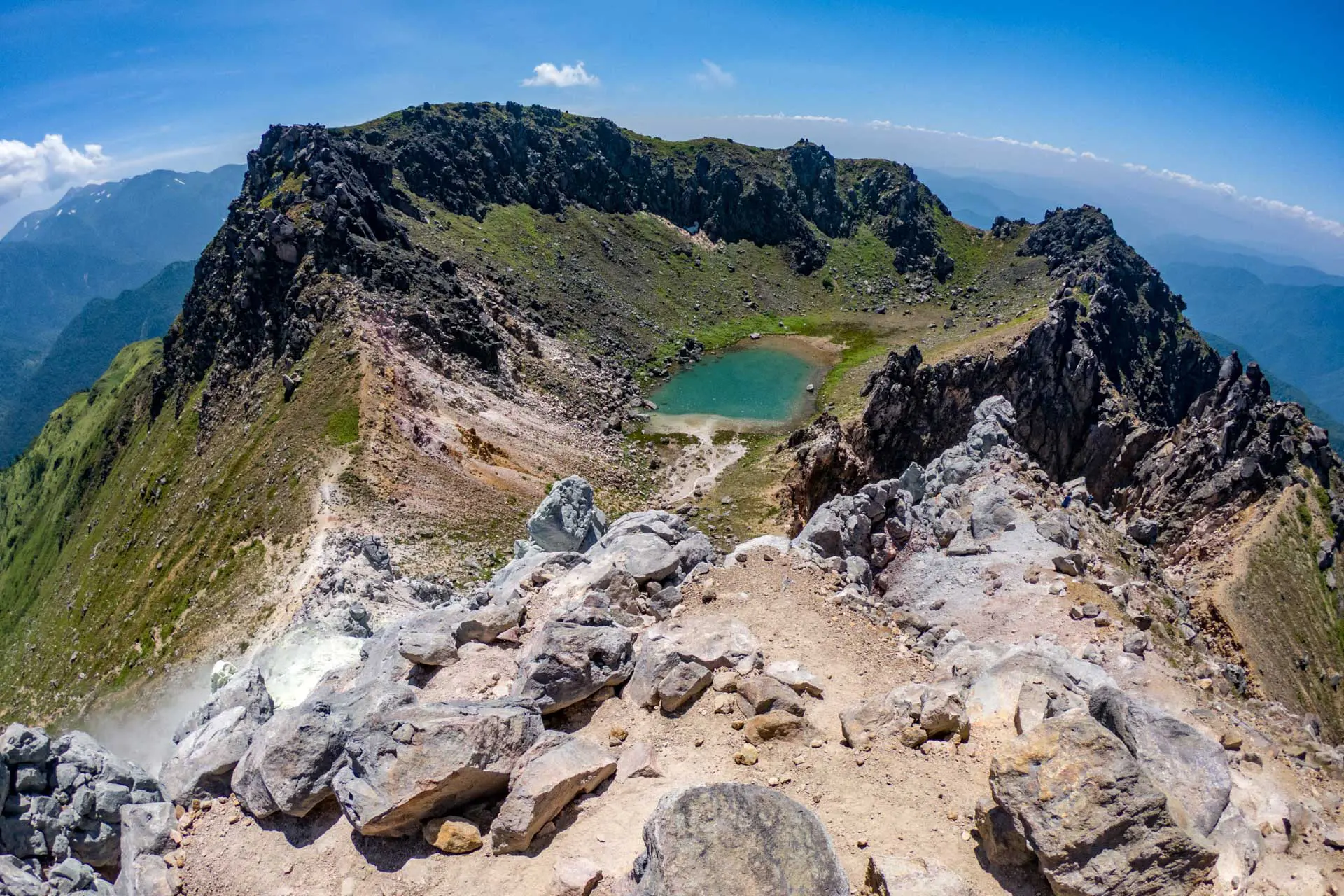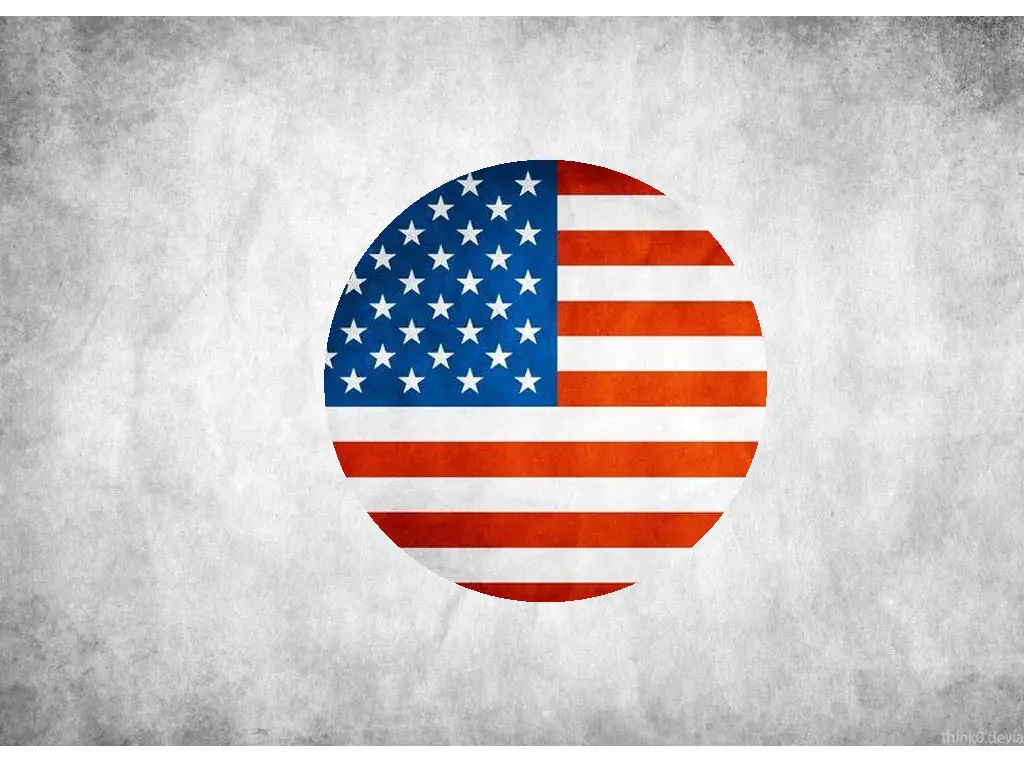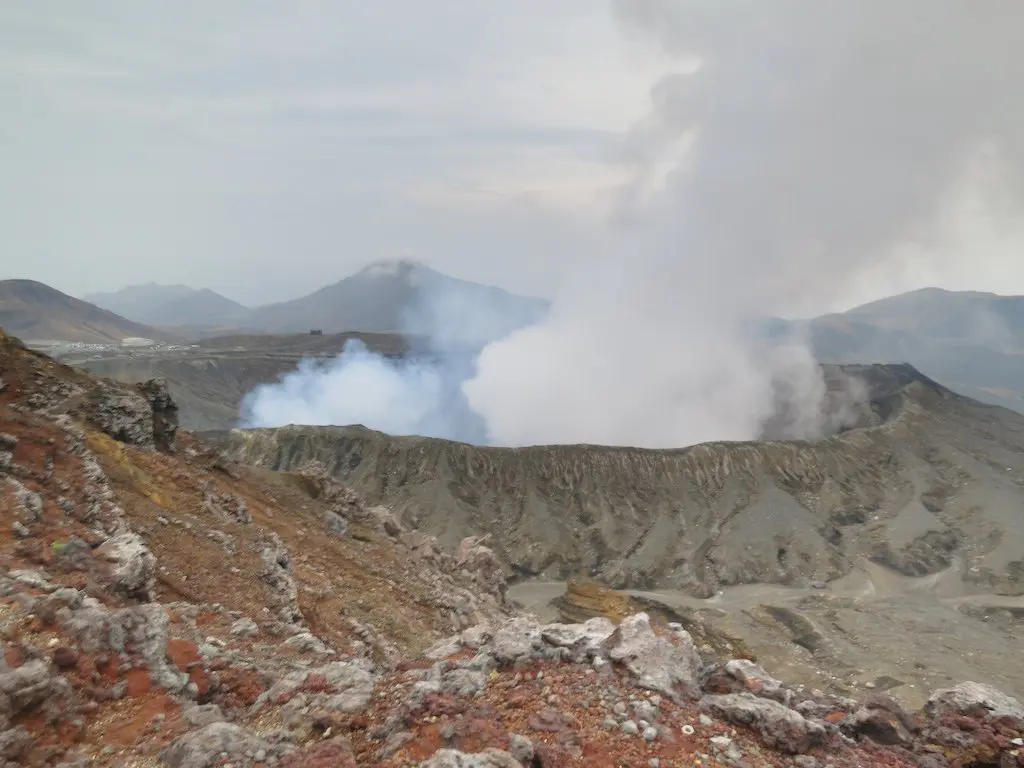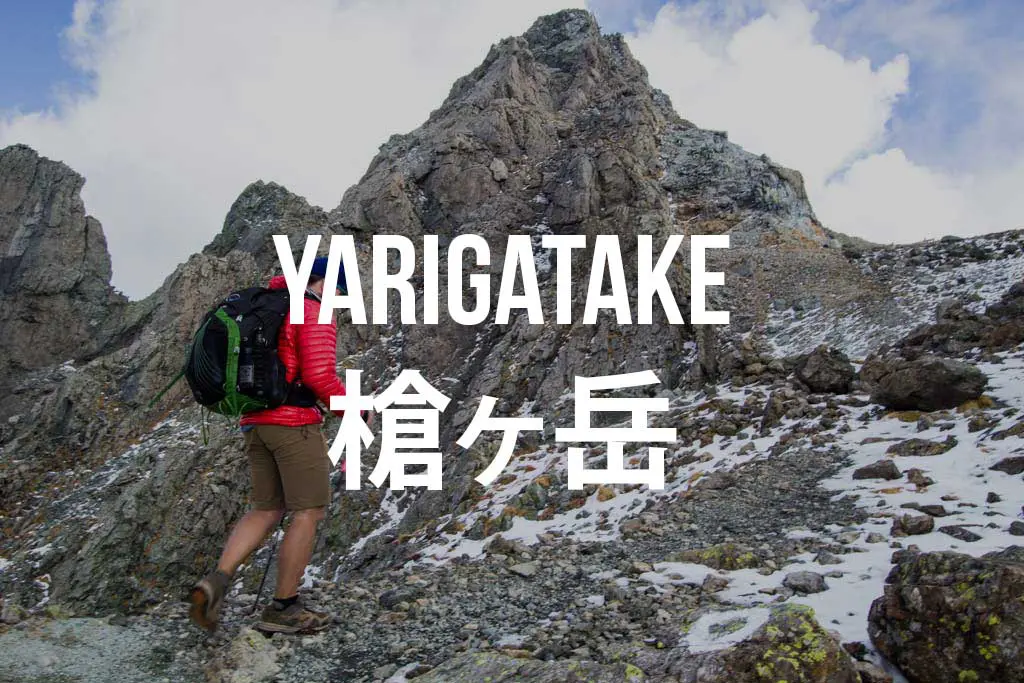15 Subtle Differences Between Japan & The US
If I asked you, “What are some differences between the United States and Japan?” then your initial reaction might be to say something like J-Pop, karaoke, or getting naked with strangers in public baths!
Sure, all those things are far more exciting in Sunrise Land than they are in the Forge of Freedom, but another layer of subtle differences awaits beneath the world of cat cafes and crazy supermarkets.
Here I’ve tried to list some of the less obvious differences that may not be apparent to a tourist on a whirlwind tour of the Nihon (aka I’m spilling all the secrets).
Try to keep an open mind.
Fruit Skin
If I were to hand you an apple, how would you go about eating it? In the US, there wouldn’t be anything strange about simply taking a bite. However, this is not necessarily the norm in Japan. Eating the skin of fruit (and on the same note, eating raw vegetables) is not the preferred manner in which Japanese people ingest sugar-filled plants. This even extends to grapes. The first time I watched someone pop a grape into their mouth and then spit out the skin after having peeled it with their teeth was quite surprising. Impressive? Yes. Efficient? Absolutely not.
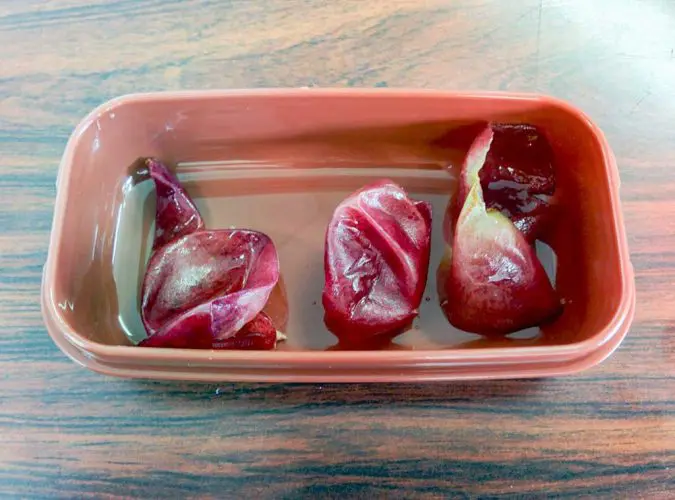
Envelopes
This is something that had literally never crossed my mind before, but have you thought to yourself about the fact that envelopes in the US are orientated horizontally? Has it ever occurred to you that this need not be the case? Envelopes in Japan are orientated vertically (imagine turning an envelope ninety degrees and moving the opening the shorter side). This is (probably?) because Japanese can be written vertically (top to bottom, right to left) as well as horizontally (written left to right). As I said, subtle differences.
Street Names
Honestly, this one baffles me. Streets in Japan do not have names. The exceptions to this are major routes (typically ring roads or intercity highways), identified with numbers (e.g. Route 8), and the principal avenues in big cities. So how do addresses work? Basically, Japanese cities are cut up into grids and each building has a particular location, denoted by a number, within a given area. That’s fine with me, but my question is: how did people give directions before smartphones and GPS took hold of our lives? I legitimately need someone to clear this up.
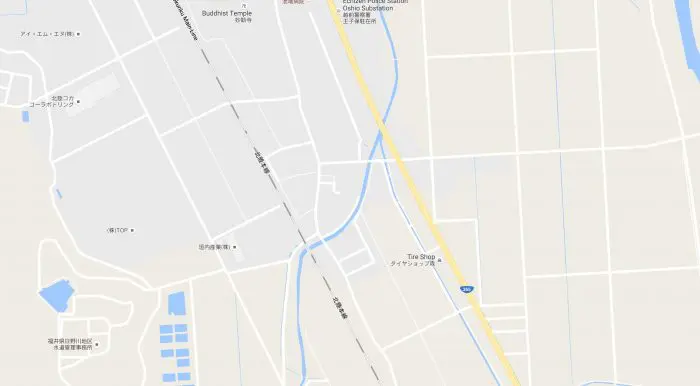
Hole Punches
In the United States, people use a size of paper that measures 8.5″ x 11″ – also known as letter. The rest of the world (except Canada) uses A4. Now, A4 really does make a lot more sense than letter (as outlined here), but that’s not what we’re talking about. In Japan, people use a two-hole punch whereas in the United States, people use three. This means smaller hole punches and fewer little pieces of paper to clean up. In the US people use more holes for smaller paper; this must mean something.
Pornography
Japan is somewhat famous for its strange and sometimes unique pornography culture. Yes, Japan invented tentacle porn, but did you know that all pornographic content (including, but not limited to comics, magazines, video games, DVDs, and internet videos) in Japan is censored? And by censored, I mean it’s pixelated. According to Japanese law, penises and vaginas cannot be shown. This censoring has paved the way for porn that seeks to skirt these laws and is why some of you will recognize words like bukkake, gokkun, or omorashi (and no, you shouldn’t Google these terms unless you’re prepared to face the consequences…or become aroused).

Auld Lang Syne
You may not recognize the name of this song (I had to look it up), but Auld Lang Syne is the song you’re probably familiar with whether or not you know the name; in the US it’s played a lot around New Year’s. It goes, “Should Old Acquaintance be forgot, and never brought to mind?” Know what I’m talking about? No? Take a listen. I have literally no idea why, but for some reason, Japanese stores play an instrumental version of this song on repeat starting around fifteen minutes before closing time. Again, why? Again, I have no idea.
Public Baths
Japan may be weird about pornography, but this doesn’t stop strangers from getting naked and bathing together. Public baths or onsens (which translates to hot springs) are common in Japan and are a part of everyday life for many Japanese people. Sadly, the US is a bit short on places where climbing into a tub or spa with strangers is an acceptable form of behavior (I know from experience – if you know what I mean). For more on the Japanese onsen experience, check out my post on full-frontal nudity.

Cell Phone Cameras
Chances are that if you’re reading this, you have a cell phone (because you know what the internet is), and chances are that if you have a cell phone, that phone has a camera. Well, again going back to the creepy porn, cell phone cameras in Japan are required, by law, to have a loud and audible camera shutter. Why? Because upskirt photos (if you don’t know what that is, just think about it – it’s exactly what you think it is). Of course, the official stance on this is “privacy issues”, but what truly prompted Japan to demand that cell phone makers render the camera shutter unturn-off-able was the upskirt photo craze sweeping the country’s perverts. And let me tell you, the shutter sounds (especially on Japanese iPhones) are truly loud and annoying.
Tape
In Japan, when you make a purchase at a store that provides plastic bags (essentially everywhere except supermarkets), your bag will be taped shut before it is handed to you. If you opt to not take a plastic bag because you fancy yourself a “save the world” type, then your clerk will instead put a piece of tape on every item you purchase. Why? My theory is that this is an anti-theft measure. “Excuse me, sir. I’m very sorry to be interrupting you, again, very sorry, but are you planning on paying for that beverage you’re drinking? I don’t see any tape on it so it clearly has not been paid for.” Not like anyone would actually confront you in this way in Japan, but I imagine it would go something like that. And yes, the tape is (typically) branded with the store’s name or logo.


Gas Stations
Gas stations in Japan resemble gas stations in the US with two distinct differences: they typically do not include a mini-mart/convenience store and it’s not uncommon to fill up at the full-service variety. I don’t think I’ve ever filled up at a full-service gas station in the US, but in Japan, it has sometimes been my only option. Yes, gas is typically more expensive at these stations, but they are also fun to fill up at (and excellent proving grounds for your substandard Japanese). And yes, I know, shut your mouth Oregon and New Jersey, you prohibit people from pumping their own gas – you obviously hate freedom.
Pizza Toppings
When I think pizza in the United States, I typically think of crust, tomato sauce, and cheese. Going beyond that I tend to imagine things like pepperoni, sausage, onions, or olives (which are gross, by the way). However, ask a Japanese person to go beyond your basic cheese base and you may get an answer more along the lines of corn, mayonnaise, and seaweed. On the bright side (because those toppings are objectively sad), if you manage to find yourself a Costco in Japan (of which there are a fair number), you will be able to buy the same delicious Costco pizza you’ve come to love in the US.

Masks
Walk around your school, place of work, or community with a surgical mask on in the US and you may get some looks. You might actually scare some people. In Japan, particularly during the dreaded influenza season, masks are commonplace. Sick? Use a mask to prevent the spread of your germs. Not sick? Use a mask to defend against others’ bacteria. Ugly? Mask. No makeup? Mask. Want to fit in? Mask. Just want to feel like a weak person is holding a pillow over your face all day? Mask. I could never get into the whole mask thing because I prefer breathing, but if you venture to Japan don’t be afraid to try it out. You’re already weird for being not Japanese. Might as well go the extra mile and prevent the spread of your gaijin germs.
Pachinko
Nearly every time you see a big, flashy, fun-looking building in Japan, and think to yourself, “Wow! I wonder what that is.” There’s only one answer: pachinko. If you dare to venture inside you will be overwhelmed by lights, sounds, and cigarette smoke. Pachinko is an incredibly popular form of quasi-legal gambling that has penetrated the entirety of Japan. I’ve only met a few people who are open about playing it but judging by the number of pachinko parlors, there are heaps of active players around the country. If you want to learn more about this strange, but addictive? game, then you can get a more in-depth look here.
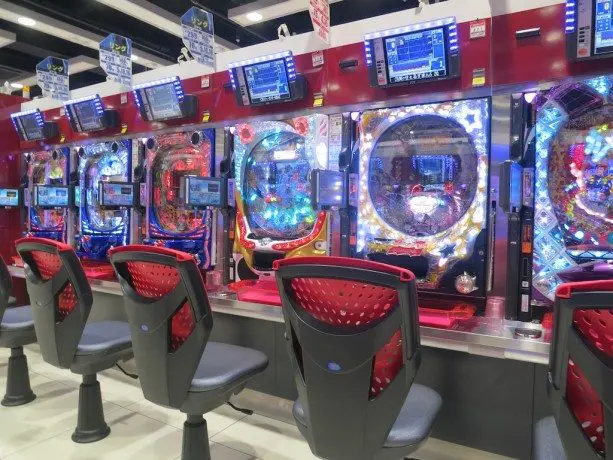
Personal Seals/Stamps
Everyone living in Japan has a personalized stamp that they use in place of a signature. They’re reminiscent of the undeniably epic wax seals used in the Middle Ages, but not nearly as awesome. If caught without your personal seal when needing to show your approval for something, it can sometimes (literally) be impossible to do so (officially). Japan is quite obsessed with its rules, order, and general way that everything must be done, so forgetting your personal seal can be a serious mistake if you encounter the wrong employee on the wrong day (even though foreigners are supposed to be allowed to use their fingerprint and signature in place of their seal). I was able to close someone else’s bank account with only their personal seal. That’s how powerful these things are.
Convenience Stores
Another thing I’ve talked about before, that the convenience stores (konbinis) in Japan are incredible. It doesn’t matter how much you might hate this country, there’s no shit to be talked on the konbinis. They have everything – from clean (and accessible) bathrooms to ice cream and beer. Your average US-based 7-11, on the other hand, has a bathroom that you’re not allowed to use (and if you are allowed, you’ll probably wish you hadn’t) and is probably not a place where you would sit to enjoy an afternoon snack. Konbinis are a staple of Japanese life and without them, I am fairly confident that the entire country would fall apart.

